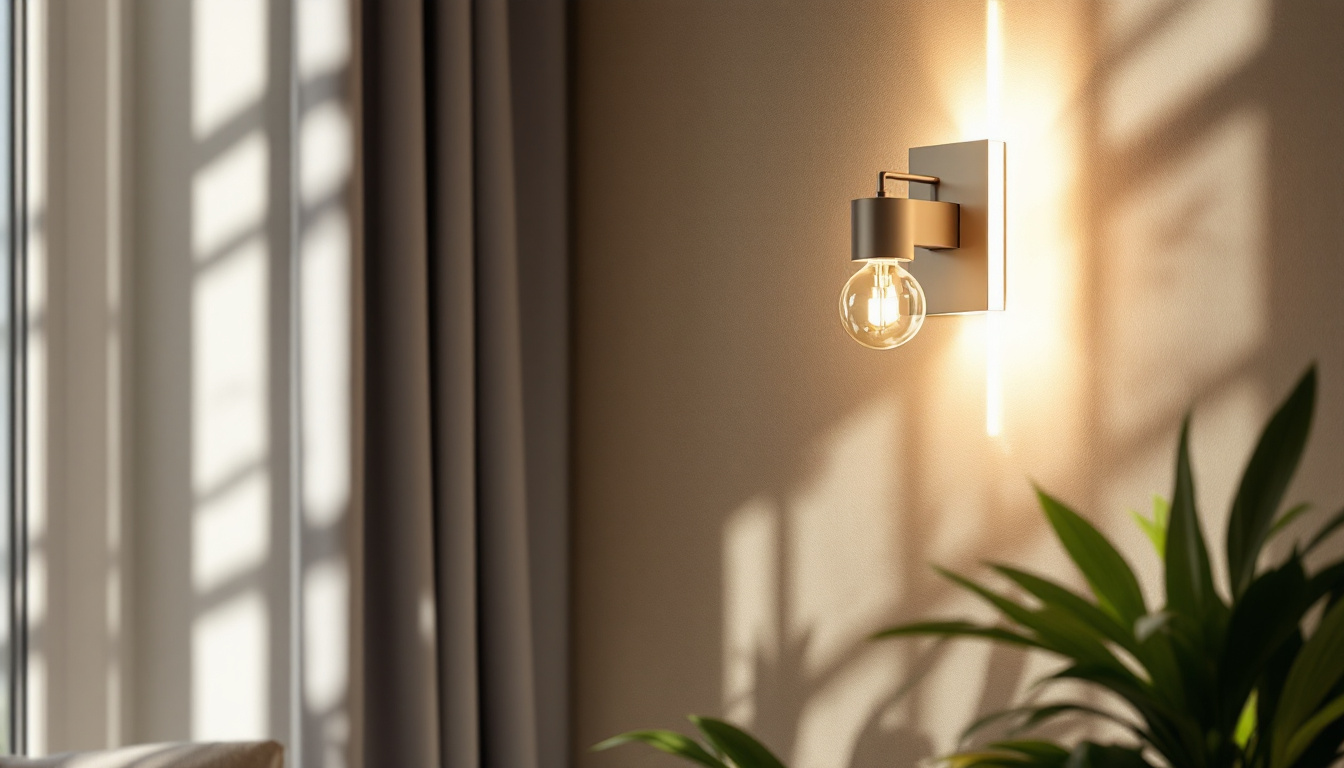
Light sconces are a crucial element in the design and functionality of modern lighting solutions. For lighting contractors, understanding the science behind sconces is essential to delivering optimal lighting solutions that not only enhance aesthetics but also meet practical needs. This article delves into the various aspects of light sconces, including their types, design considerations, and the science of light distribution.
Light sconces come in various styles and configurations, each serving unique purposes and aesthetics. Understanding these types can help contractors recommend the best solutions for their clients.
wall-mounted sconces are perhaps the most common type of sconce. They are affixed directly to walls and can serve both functional and decorative purposes. These sconces can be used to illuminate hallways, accentuate artwork, or provide ambient lighting in living spaces.
When selecting wall-mounted sconces, contractors should consider the height at which they are installed. Typically, sconces are mounted at eye level to create a warm and inviting atmosphere. Additionally, the direction of light emitted—whether upward, downward, or both—can significantly impact the overall ambiance of the space. For example, upward-facing sconces can create a soft glow that enhances the ceiling height, making a room feel more expansive, while downward-facing sconces provide focused lighting perfect for tasks like reading or working. The choice of bulb can also influence the mood; warm white bulbs tend to create a cozy environment, while cooler tones can lend a more modern and energetic feel.
Another important distinction in sconces is whether they are plug-in or hardwired. Plug-in sconces are easier to install and can be repositioned as needed, making them ideal for renters or temporary setups. On the other hand, hardwired sconces offer a more permanent solution and can be integrated into a home’s electrical system for a cleaner look.
Contractors should assess the specific needs of their clients when recommending between these options. For instance, a homeowner looking for flexibility may prefer plug-in sconces, while a new construction project may benefit from the seamless integration of hardwired options. Moreover, plug-in sconces often come with additional features such as dimmers or smart technology compatibility, allowing homeowners to customize their lighting experience. Hardwired sconces, while more permanent, can also be designed to work with home automation systems, providing both convenience and energy efficiency.
Sconces can also be categorized based on their primary purpose: decorative or functional. decorative sconces often feature intricate designs and are used to enhance the aesthetic appeal of a space. In contrast, functional sconces prioritize illumination and may have a more utilitarian design.
When advising clients, it’s essential to strike a balance between function and form. A well-designed sconce can serve as a focal point in a room while still providing adequate lighting for tasks such as reading or cooking. Furthermore, the materials used in sconces can play a significant role in their effectiveness and style. For instance, metal sconces can offer a contemporary look, while those made from glass or crystal can add a touch of elegance and sophistication. Additionally, the finish—whether matte, polished, or antiqued—can complement the overall decor of the space, ensuring that the sconces not only illuminate but also enhance the room’s character.
The design of light sconces is not merely about aesthetics; it also involves understanding how light interacts with different surfaces and materials. Several factors come into play when designing or selecting sconces for a project.
The quality of light emitted by sconces can significantly affect the mood and functionality of a space. Color temperature, measured in Kelvin (K), plays a crucial role in this aspect. Warm white light (around 2700K) creates a cozy atmosphere, while cooler white light (above 4000K) is often preferred for task-oriented areas like kitchens or offices.
Contractors should consider the intended use of the space when selecting sconces. For instance, a restaurant may benefit from warm lighting to create an inviting ambiance, while a workspace might require cooler lighting to enhance focus and productivity. Furthermore, the interplay of light with colors in the room can dramatically change the perception of space; for example, warm tones can make a room feel more intimate, while cooler tones can lend a more expansive feel. This understanding can guide designers in creating spaces that not only look good but also feel right for their intended purpose.
Understanding light distribution is essential for maximizing the effectiveness of sconces. The beam angle, which refers to the spread of light emitted from the fixture, can greatly influence how a space is illuminated. Narrow beam angles are ideal for highlighting specific areas, while wider angles provide broader illumination.
Contractors should assess the layout of the space and the desired lighting effect when choosing sconces. For example, in a gallery setting, narrow beam sconces can be used to spotlight artwork, while broader beams may be more suitable for general lighting in living areas. Additionally, the placement of sconces can create layers of light, enhancing depth and dimension within a room. Strategically positioning sconces at varying heights can also contribute to a more dynamic lighting scheme, allowing for a blend of ambient, task, and accent lighting that elevates the overall design.
The materials and finishes used in sconces also play a critical role in their performance and aesthetic appeal. Metals, glass, and plastics all have different properties that affect light reflection and absorption. For instance, polished metals can enhance brightness, while darker finishes may absorb more light.
Additionally, the choice of materials can impact the longevity and durability of the sconces. Contractors should consider the environment in which the sconces will be installed, as outdoor sconces require materials that can withstand weather elements. Moreover, the finish of the materials can influence maintenance; for example, matte finishes may hide fingerprints and dust better than glossy ones, which require more frequent cleaning to maintain their shine. This consideration is especially important in high-traffic areas or spaces where aesthetics are paramount, ensuring that the sconces not only perform well but also continue to look their best over time.
Understanding the science of light is paramount for lighting contractors. Light not only illuminates spaces but also influences mood, perception, and even productivity. Several scientific principles underpin the effectiveness of light sconces.
The human eye perceives light through a complex process involving the retina, which contains photoreceptors that respond to different wavelengths. This perception can be influenced by various factors, including the intensity and color of light. For instance, brighter lights can create a sense of alertness, while softer lights may promote relaxation.
Contractors should keep these principles in mind when designing lighting solutions. For example, in a healthcare setting, softer lighting may be beneficial for patient comfort, while brighter lighting may be necessary in examination rooms.
Light also plays a crucial role in how spaces are perceived. Well-lit areas tend to feel larger and more open, while poorly lit spaces can appear cramped and uninviting. This phenomenon is particularly important in residential and commercial design, where the goal is often to create an inviting atmosphere.
By strategically placing sconces, contractors can manipulate the perception of space. For example, sconces placed at varying heights can create visual interest and depth, making a hallway feel more expansive.
In today’s world, energy efficiency is a significant consideration in lighting design. LED sconces, for instance, offer a sustainable option that consumes less energy and has a longer lifespan compared to traditional incandescent bulbs. This not only reduces energy costs for clients but also aligns with growing environmental concerns.
Contractors should stay informed about the latest advancements in energy-efficient lighting technologies. By recommending LED sconces and other sustainable options, they can provide clients with solutions that are both cost-effective and environmentally friendly.
Proper installation of sconces is vital to ensure optimal performance and safety. Lighting contractors should adhere to best practices to achieve the best results.
Before installation, contractors must assess the electrical requirements of the sconces. This includes ensuring that the circuit can handle the wattage and that the wiring is up to code. Proper grounding and securing of the fixture are also essential to prevent hazards.
Additionally, contractors should consider the placement of switches and dimmers. Installing dimmer switches can provide clients with greater control over their lighting, enhancing the versatility of sconces in different settings.
The height and placement of sconces can significantly impact their effectiveness. As a general rule, sconces should be installed approximately 60 to 72 inches above the floor, depending on the specific application. In hallways, sconces should be spaced evenly to create a cohesive look.
Contractors should also consider the surrounding decor and furniture when determining placement. Sconces should complement the overall design while providing adequate illumination for the intended area.
After installation, it is crucial to test the sconces to ensure they are functioning correctly. This includes checking for proper light output, ensuring there are no flickering issues, and confirming that the fixtures are securely mounted. If adjustments are needed, contractors should be prepared to make changes to optimize the lighting effect.
Encouraging clients to provide feedback after installation can also be beneficial. This allows contractors to address any concerns and make necessary adjustments to meet client expectations.
Understanding the science behind light sconces is essential for lighting contractors aiming to deliver high-quality, effective lighting solutions. From the types and design considerations to the science of light and installation best practices, each aspect plays a crucial role in achieving successful outcomes.
By staying informed about the latest trends and technologies in lighting design, contractors can provide clients with innovative solutions that enhance both functionality and aesthetics. Ultimately, the right sconces can transform a space, creating inviting atmospheres that meet the diverse needs of clients.
Ready to elevate your lighting projects with the science of light sconces? At LumenWholesale, we offer an exceptional range of high-quality, spec-grade lighting products designed to meet your every need. Say goodbye to inflated markups and hello to unbeatable wholesale prices. Our extensive selection not only meets but exceeds industry standards, ensuring that your lighting solutions are both reliable and high-performing. Plus, with the convenience of free shipping on bulk orders, you can enjoy premium lighting at the best value without any hidden fees. Don’t compromise on quality or affordability. Discover wholesale lighting at the best value today and transform your spaces with confidence and ease.
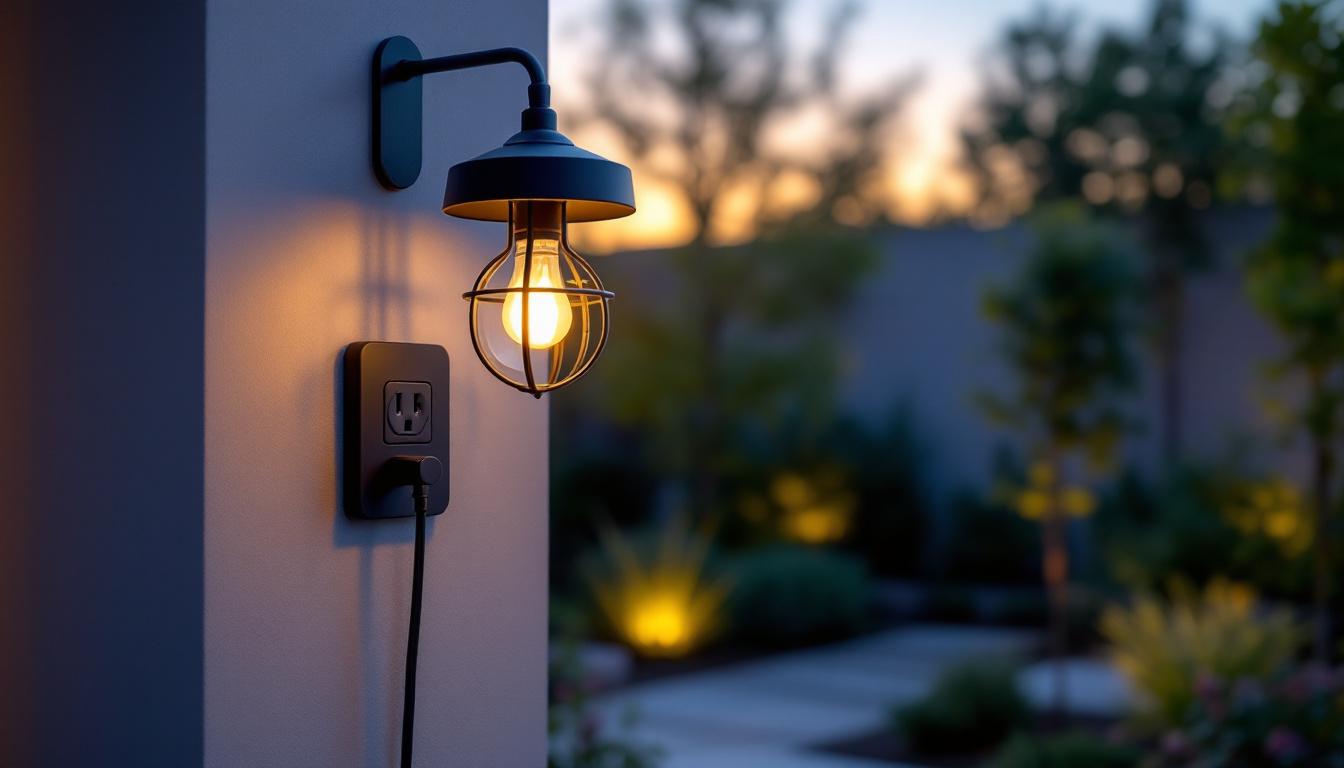
Discover everything about outdoor light with power outlet installation, benefits, and expert tips.
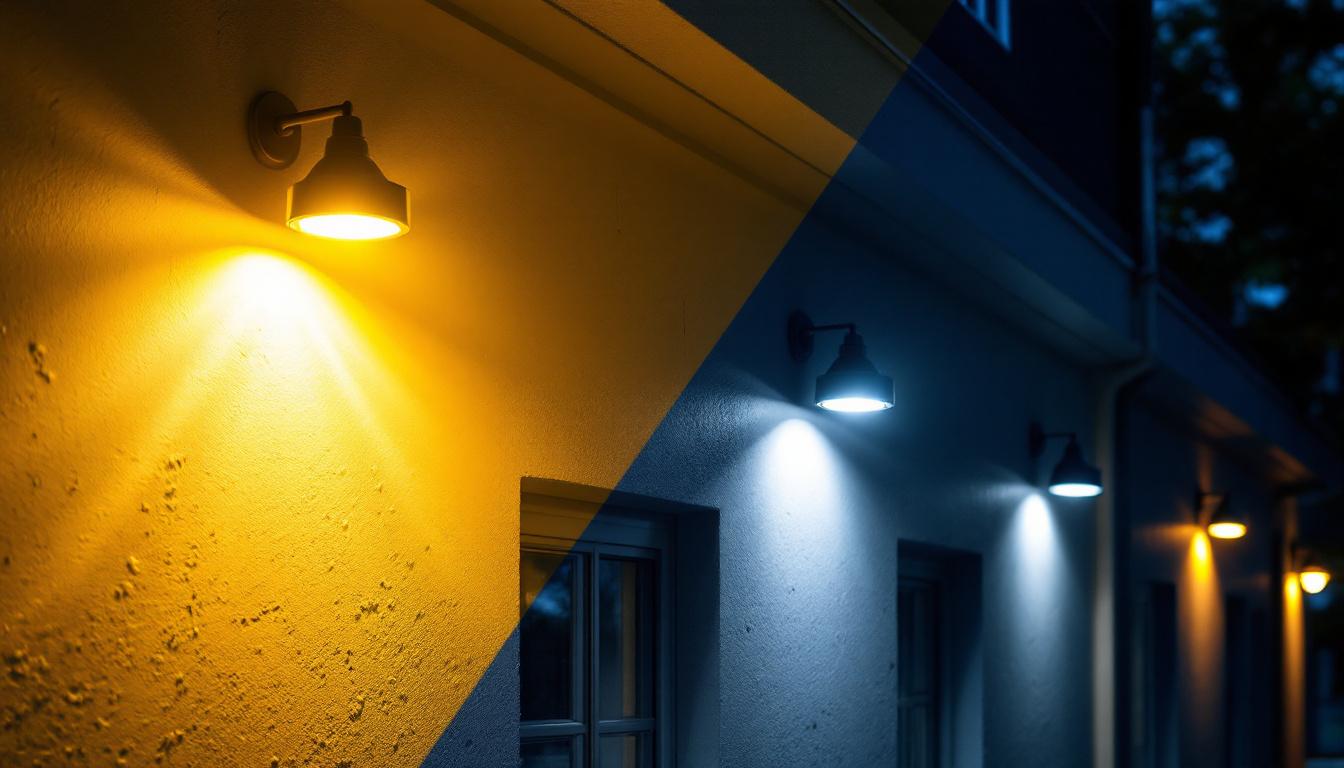
Discover the essential factors lighting contractors must consider when selecting wall pack light fixtures.
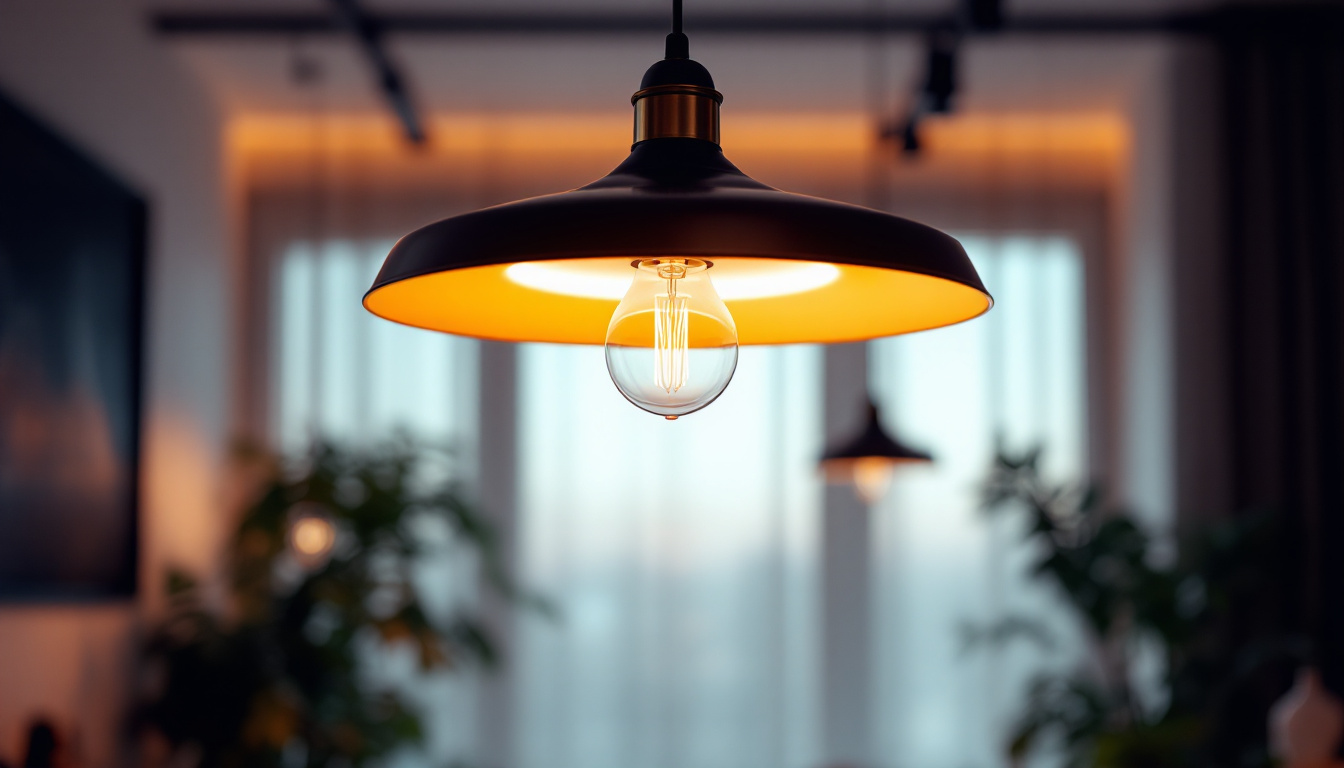
Discover the intricacies of hang pendant lamps from a lighting contractor’s perspective.
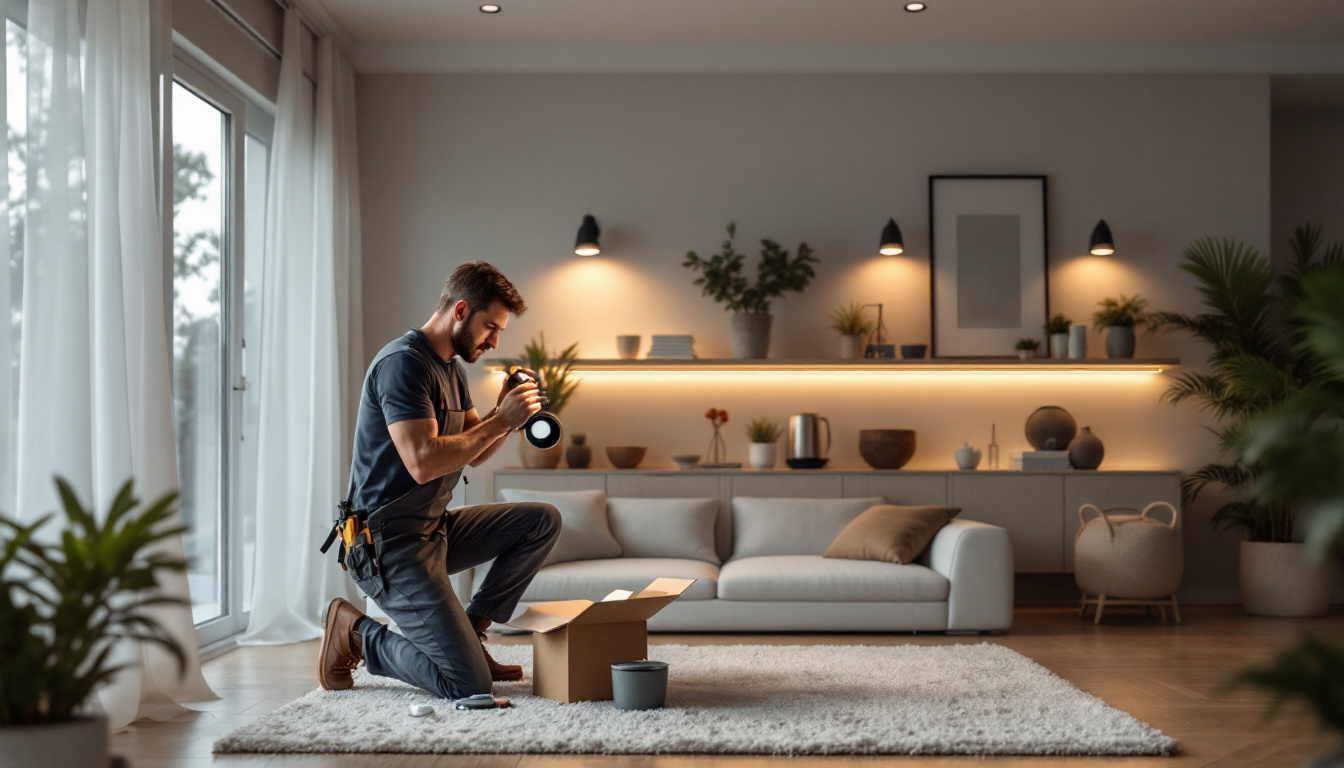
Discover why retrofit pot lights are a game-changer for lighting contractors.